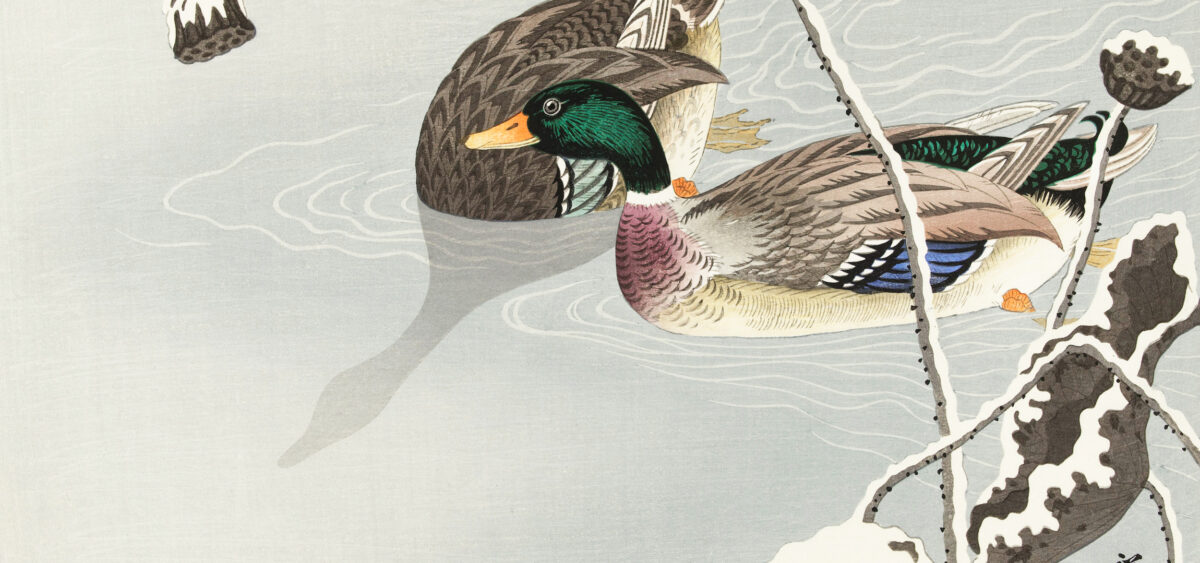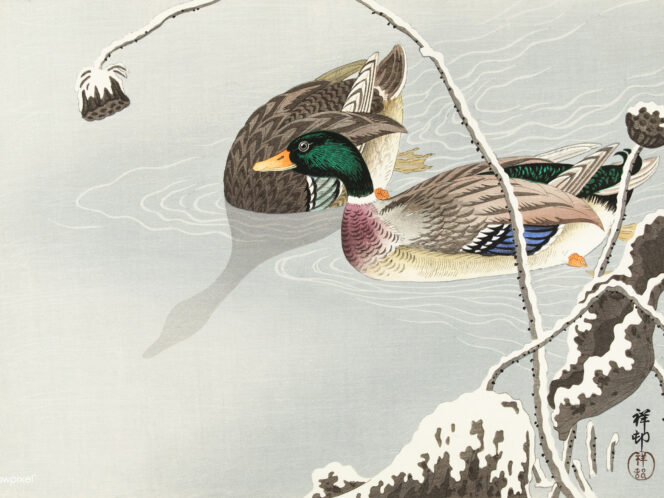
Honesty is just as important in nature as in a well-functioning human society.
In spring-time, the forest of the Bieszczady mountains is filled with biological codes. It’s like the Enigma machine itself: it pulses and rustles with secret messages, with the chirping of encoded hints, the croak of covert announcements, the hooting of camouflaged calls. If you’re lucky, you might literally trip over such a clandestine signal. In the undergrowth – still cool as the winter withdraws – we can find a fractal-shaped sort-of tree, a branched totem discarded by a stag. We, people, are used to sound communication, messages carried by the vibration of air. The bone candelabra of the antlers is more difficult for us to decipher. In order to understand it correctly – along with the message encoded within – we must travel a few months into the past, to a fog-enveloped mountain: September.
The love game
September has a very distinct smell. It’s probably one of the most geographically-determined months: it smells, very specifically, of a given place. The dryness of maple leaves on warm city mornings. The rain-soaked wind over an empty, ploughed field. The damp viscosity of mud, the earthy smell of thick clay smeared over mountain slopes and squelching against the soles of leather walking boots. I associate that last scent with a beech forest, the bristles on top of the drizzle-wet Bieszczady hills, slippery with autumn. At the beginning of spring, we go back to the very middle of September. As it slowly loses the memory of summer, the forest soaks up the morning; drops sway at the tip of every branch and








